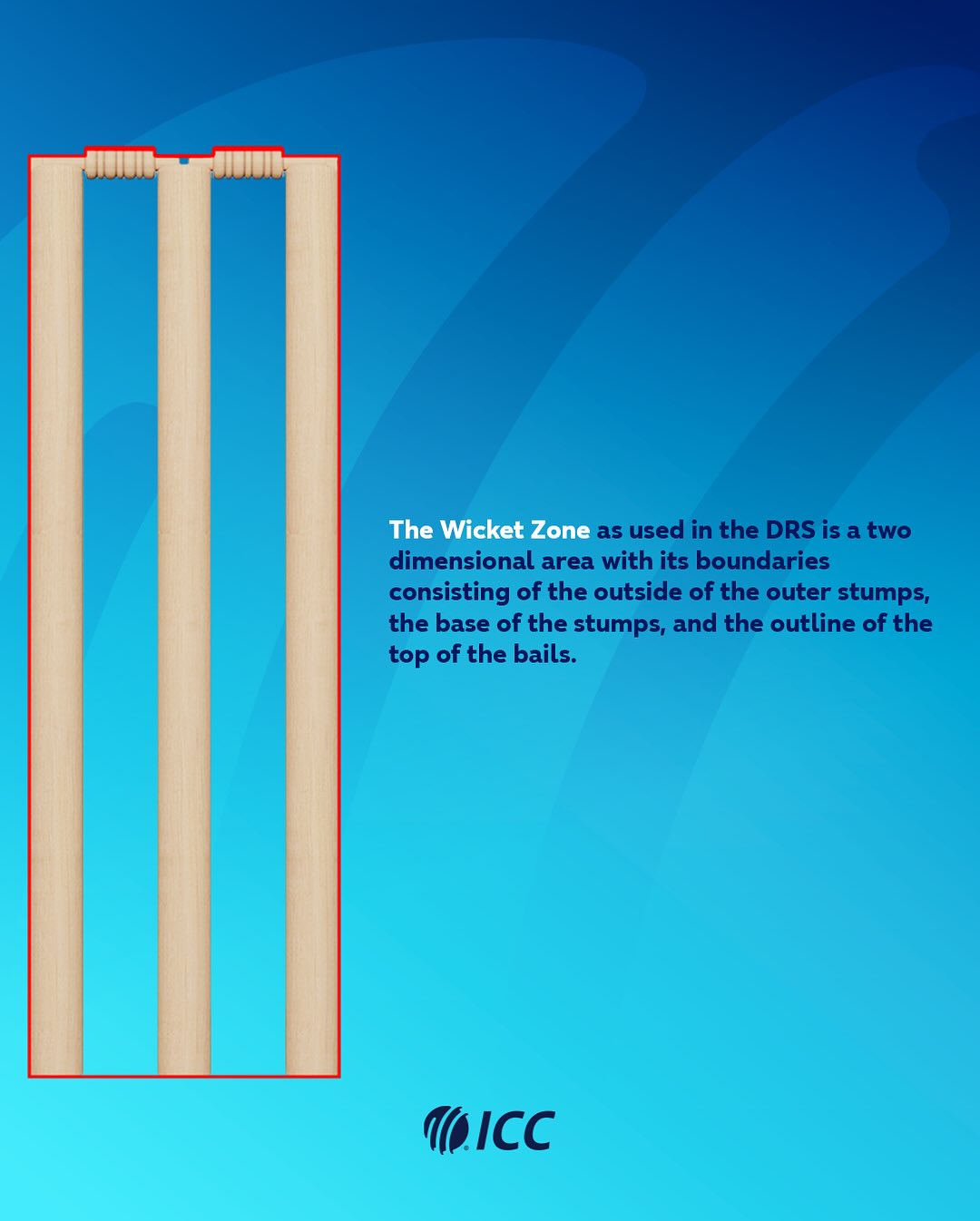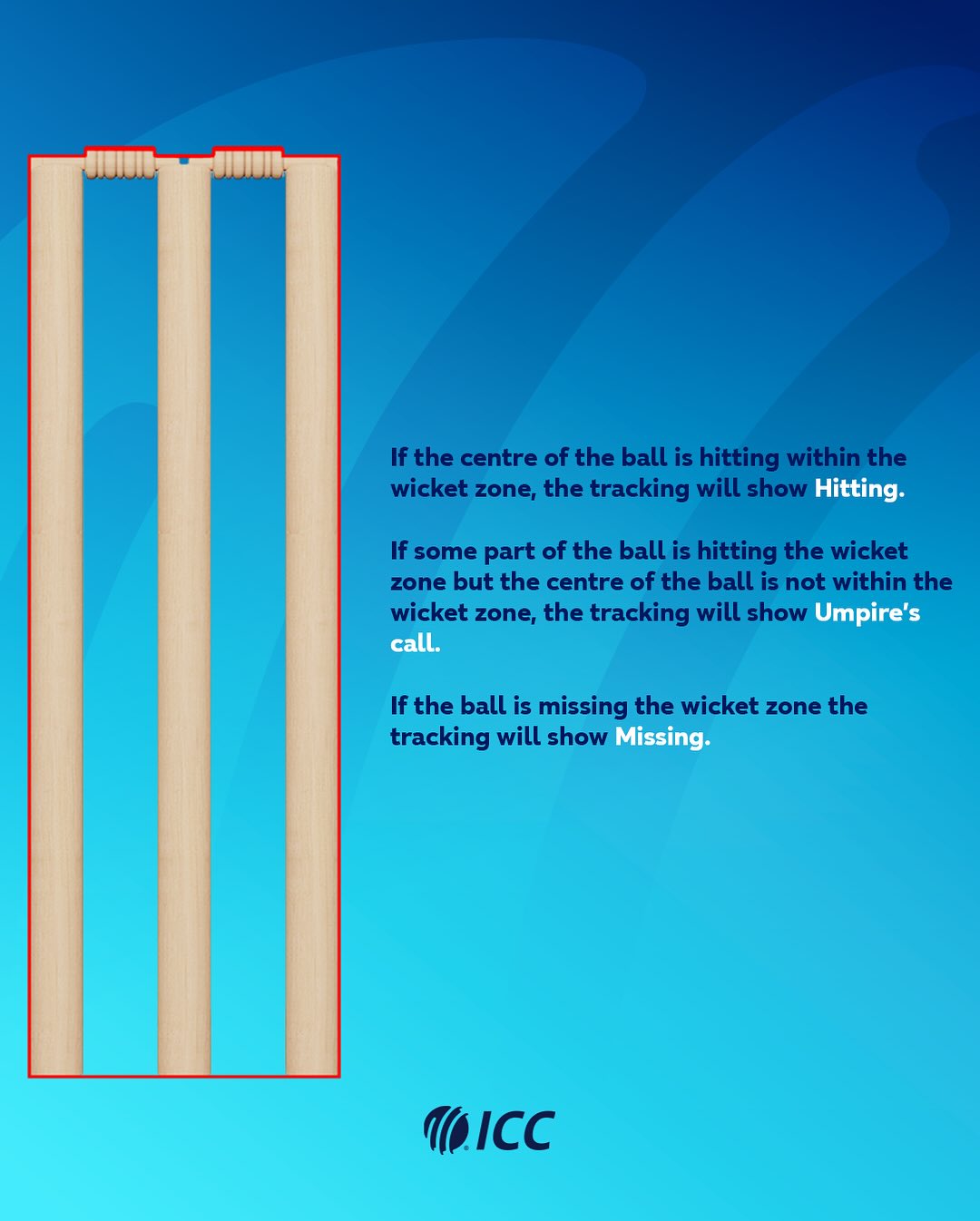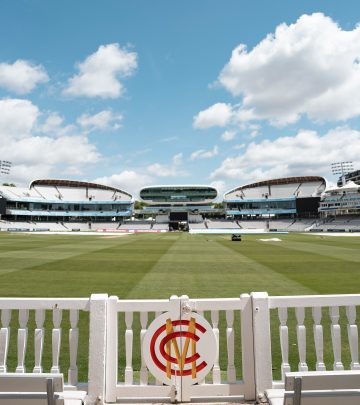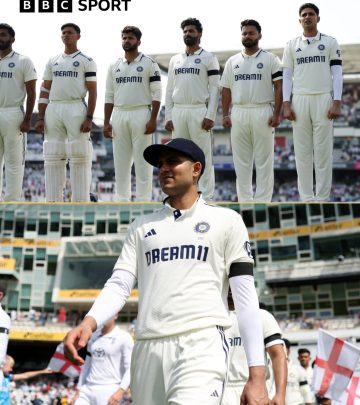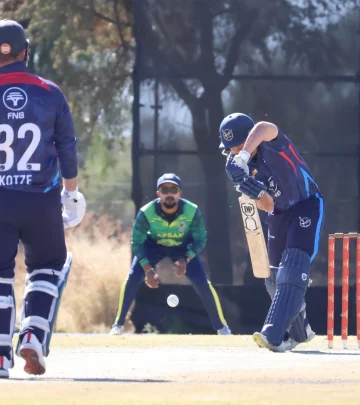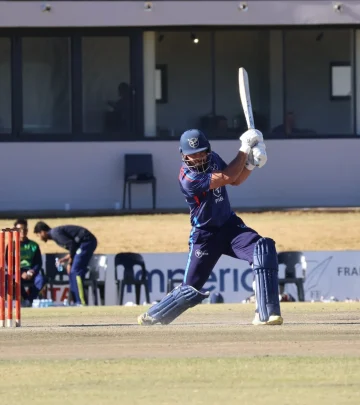New DRS Wicket Zone Rule Explained
Explore the latest update on DRS, as ICC refines its wicket zone guidelines for cricket!!!
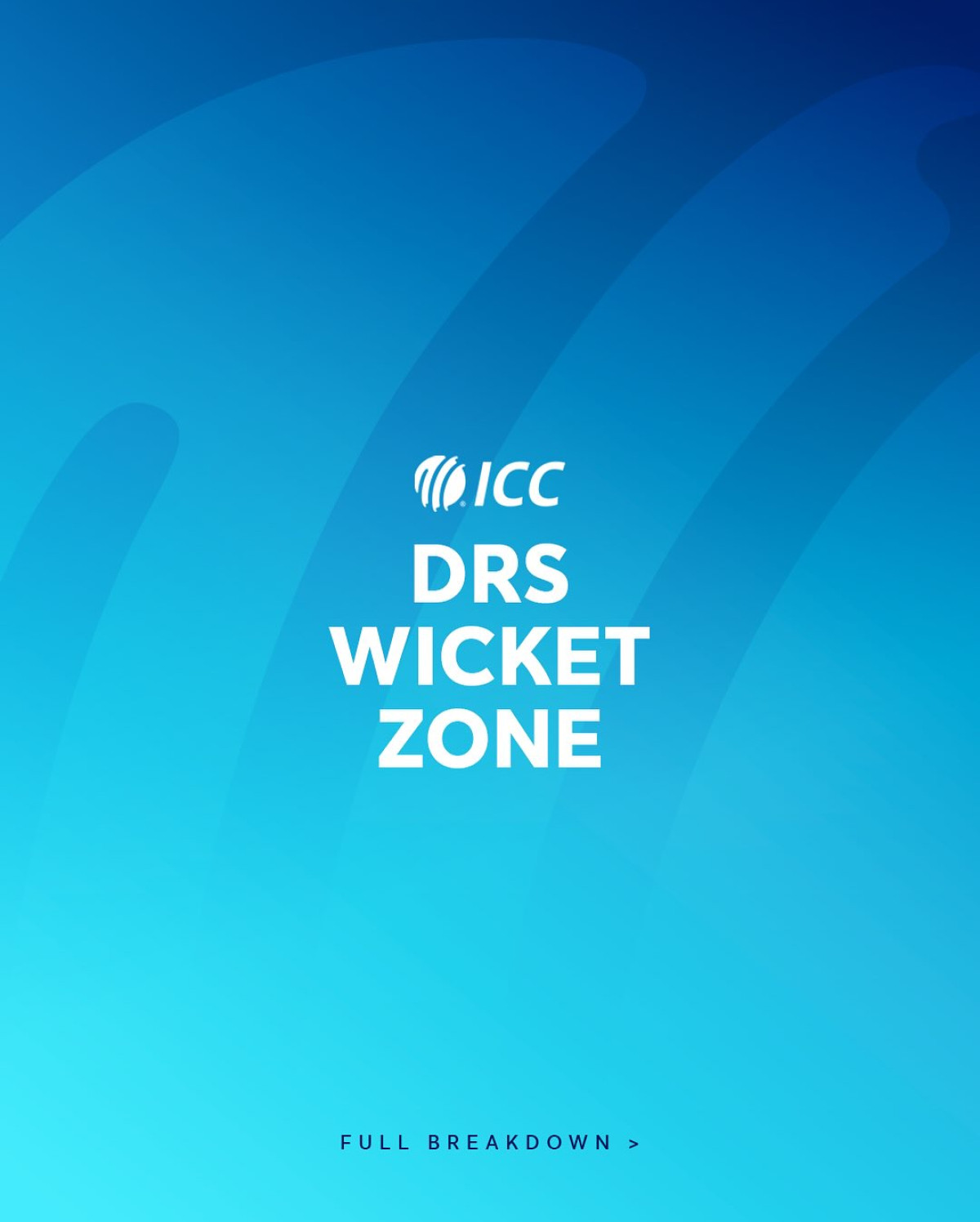
Image: Instagram
The International Cricket Council (ICC) has unveiled a significant revision in its Playing Conditions with the introduction of the new DRS wicket zone rule. This update, aimed at clarifying the review process and reducing on-field ambiguities, could reshape decision-making during high-stakes matches like those in the ICC Cricket World Cup.
Rule Change Overview
The updated rule defines a specific area on the field—the wicket zone—where any incident eligible for review must occur. Designed with input from match officials and technological experts, the rule aims to limit the scope of DRS challenges, ensuring that only incidents within this clearly demarcated area are considered for review. Visual aids and diagrams accompany the updated conditions, providing a step-by-step explanation for coaches, players, and fans. The ICC Cricket World Cup Instagram account recently shared an informative image detailing the rule, encouraging audiences to swipe through the carousel and check the link in the bio for a comprehensive breakdown.
Strategic Impact On Cricket
The new DRS wicket zone rule comes at a time when the integration of technology in cricket is more pivotal than ever. For players and on-field umpires, the change is expected to streamline decision reviews. By specifically marking the zone where reviews can be initiated, the rule minimizes debates over boundary infringements and clarifies what constitutes a valid challenge. This move is anticipated to reduce the number of contentious decisions by providing a clear framework that both teams and officials can refer to during play.
Historical Context And Future Expectations
Cricket has seen multiple revisions of its playing conditions over the years, with major tournaments prompting significant rule changes. The ICC Cricket World Cup, a premier event with a storied history as detailed in various cricket archives, has continually served as a testing ground for such innovations. Previous updates have focused on enhancing fairness and leveraging technology to back on-field decisions. In a related Instagram post, the ICC offered a detailed breakdown of recent updates, underscoring its commitment to keeping the global cricket community informed. Such efforts highlight the ICC’s dual focus on tradition and modernity, ensuring that the sport evolves without losing its essence.
Player And Umpire Perspectives
Feedback from various quarters has been broadly positive. Team captains and veteran players have welcomed the enhanced clarity the rule brings, noting that it is expected to cut down on prolonged reviews and minimize instances of misinterpretation. Umpires, too, appreciate the updated rule as it aids in making more precise determinations under pressure. Analysts suggest that the defined wicket zone could lead to more decisive on-field outcomes, enhancing the overall pace and flow of the game. As discussions continue on social media and in technical reviews, many believe that this update bridges the gap between manual judgment and technology-assisted decision-making.
Global Reception And Significance
The update has resonated with cricket enthusiasts around the globe. Social media channels, including the official ICC Cricket World Cup account, have been abuzz with explanations, diagrams, and expert insights about the new rule. Fans are actively engaging with these posts, sharing their interpretations and debating the potential impacts on upcoming matches. The transparency displayed by the ICC in disseminating this information—through detailed visual content on platforms like Instagram—demonstrates its commitment to educating its international audience.
For many followers, especially those new to the nuances of DRS, the clear delineation of the wicket zone offers an accessible way to understand modern cricket governance. The breakdown provided in earlier posts, such as the one highlighting various changes to the Playing Conditions, has become a useful resource. These updates not only foster appreciation for the intricate nature of cricket but also emphasize how technology is being seamlessly integrated into a sport steeped in tradition.
Understanding The Technical Breakdown
At its core, the new rule demarcates the wicket zone as the critical area within which any on-field incident must occur to qualify for review. The rule specifies that if the action prompting a review takes place outside this designated zone, the review may not be entertained. This precise definition is aimed at eliminating ambiguity and ensuring that the available video replay technology is applied more objectively. By setting a spatial boundary, the ICC’s latest update enables officials to secure decisions with enhanced accuracy, merging traditional cricketing instincts with modern technological oversight.
Simultaneously, the ICC reinforces that while technology plays an increasingly supportive role, the expertise of on-field umpires remains invaluable. The updated Playing Conditions maintain a balanced approach—leveraging technology to aid human judgment without overshadowing it. As the commentary and expert analysis suggest, this adaptation not only promises more conclusive decisions but also nurtures a forward-thinking outlook on the laws of cricket.
As international fixtures approach, the cricketing world watches with anticipation to see how the new DRS wicket zone rule performs in practice. The ongoing dialogue between the ICC, players, officials, and fans underscores the importance of continuous improvement. With clearer guidelines and an emphasis on fairness, the update is poised to minimize post-review controversies and ensure that the spirit of the game remains intact.
The introduction of this rule marks a promising step toward a more transparent and technologically adept future for cricket. By reducing on-field disputes and expediting decision-making, the updated Playing Conditions may well set a new standard for international cricket tournaments, reinforcing the ICC’s commitment to innovation and fair play.
Read full bio of Manjari Uppal


